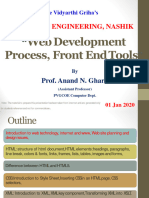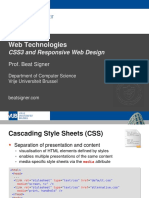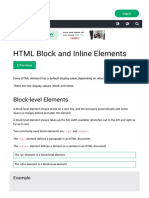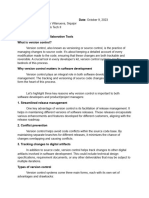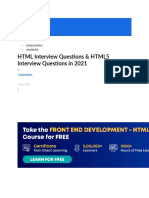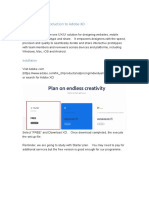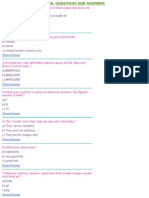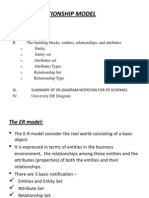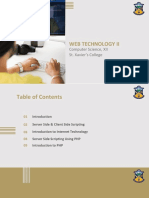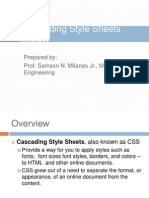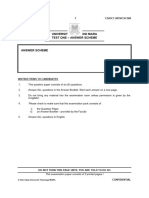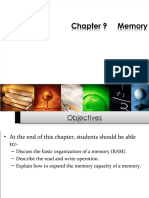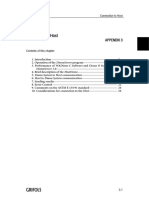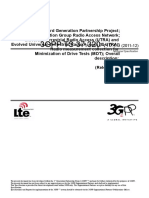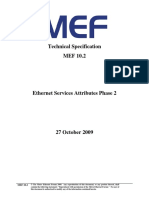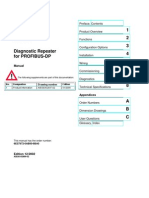0% found this document useful (0 votes)
96 views27 pagesCSC264 CSS-Responsive - RP
This document discusses responsive web design using HTML and CSS. It covers how to make web pages look good on all screen sizes using responsive design principles like flexible layouts, media queries, and fluid images and videos. Key aspects covered include setting the viewport meta tag for responsive designs, building a responsive grid system using column classes, and using CSS media queries to apply breakpoints and modify styles at different screen widths.
Uploaded by
MUHAMMAD DANIEL AIMAN BIN MD AMANCopyright
© © All Rights Reserved
We take content rights seriously. If you suspect this is your content, claim it here.
Available Formats
Download as PPTX, PDF, TXT or read online on Scribd
0% found this document useful (0 votes)
96 views27 pagesCSC264 CSS-Responsive - RP
This document discusses responsive web design using HTML and CSS. It covers how to make web pages look good on all screen sizes using responsive design principles like flexible layouts, media queries, and fluid images and videos. Key aspects covered include setting the viewport meta tag for responsive designs, building a responsive grid system using column classes, and using CSS media queries to apply breakpoints and modify styles at different screen widths.
Uploaded by
MUHAMMAD DANIEL AIMAN BIN MD AMANCopyright
© © All Rights Reserved
We take content rights seriously. If you suspect this is your content, claim it here.
Available Formats
Download as PPTX, PDF, TXT or read online on Scribd
/ 27



